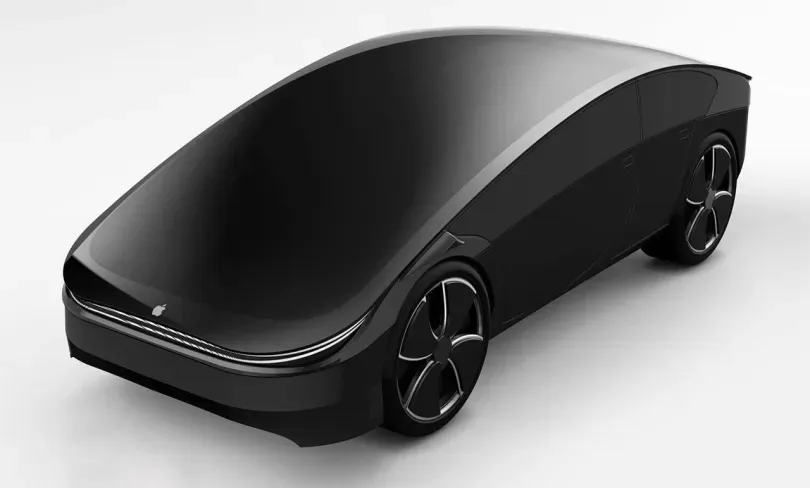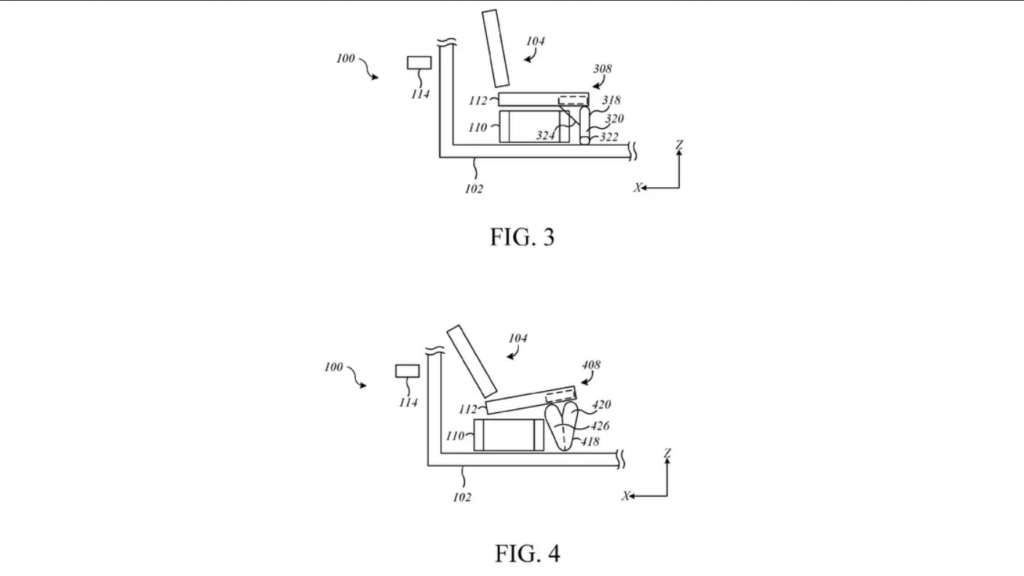As attention remains focused on the Vision Pro, Apple is diligently working on a significant hardware project—a $100,000 autonomous vehicle. Although the release of the Apple Car is not imminent, with the latest projections suggesting a launch no earlier than 2026, the company is actively advancing its development. Recent reports indicate that Apple has increased its fleet of test cars to 68, a modest number compared to competitors like Zoox, Waymo, and Cruise, but it reflects progress.

Unlike traditional cars with fixed seats, Apple envisions a car with adaptable seating, allowing rotation, sliding, and reclining while in motion. However, this innovative approach poses a challenge for airbag deployment. Unlike fixed seating, predicting the exact location of an occupant’s head during a crash becomes more complex with flexible seating.
To address this issue, Apple has explored a solution, as revealed in a patent spotted by Patently Apple. The patent illustrates a concept where airbags are stored beneath seats rather than in interior surfaces. Essentially, the seat facing the occupant would house the airbag, intended to deploy and protect the occupant in the event of a collision.
“The system includes a sensor system configured to detect an imminent event, detect an occupant facing the seat, and detect a stowed object beneath the seat,” states the patent summary. “The system also includes an airbag (e.g., a restraint) configured to deploy from the seat, restrain motion of the occupant facing the seat, and restrain motion of the stowed object beneath the seat.”

While it’s commendable that companies are actively addressing safety concerns, the implementation of flexible seating in autonomous vehicles raises potential risks. With occasional reports of accidents involving autonomous vehicles even in their limited testing phases, introducing flexible seating that further distances passengers from manual control seems daring. Initially proposed without any manual controls, recent reports suggest that the Apple Car may retain manual controls, at least for its first generation. Therefore, it’s plausible that this patent outlines features for a future iteration of the Apple Car, where self-driving cars have demonstrated a high level of trustworthiness on various roads.







